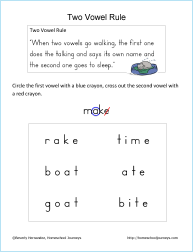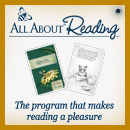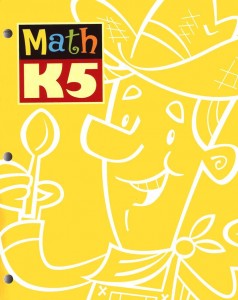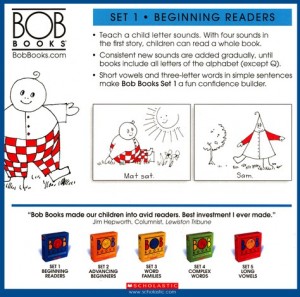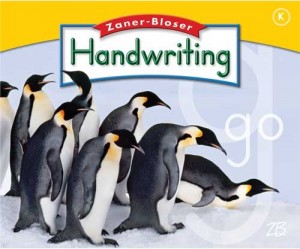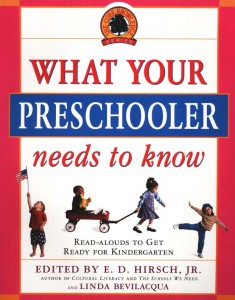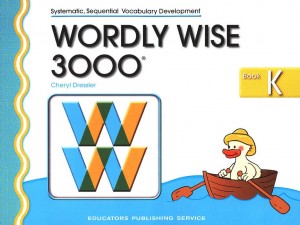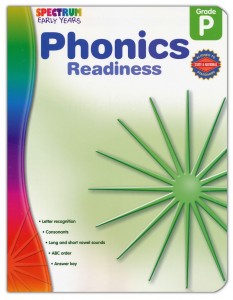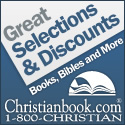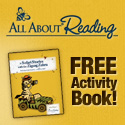Here are printable coloring puzzles for all 26 letters of the alphabet. There are two puzzles for the letter X: one with words that begin with X and one that also includes words that end with X. The puzzles will also introduce some new vocabulary words to your student. Print the puzzles on cardstock for best results, color the pictures and cut apart the pieces.
These alphabet coloring puzzles are the first in a series of alphabet activity pages. Stay tuned.
Have fun learning the alphabet and beginning sounds with these printable ABC Coloring Puzzles.

